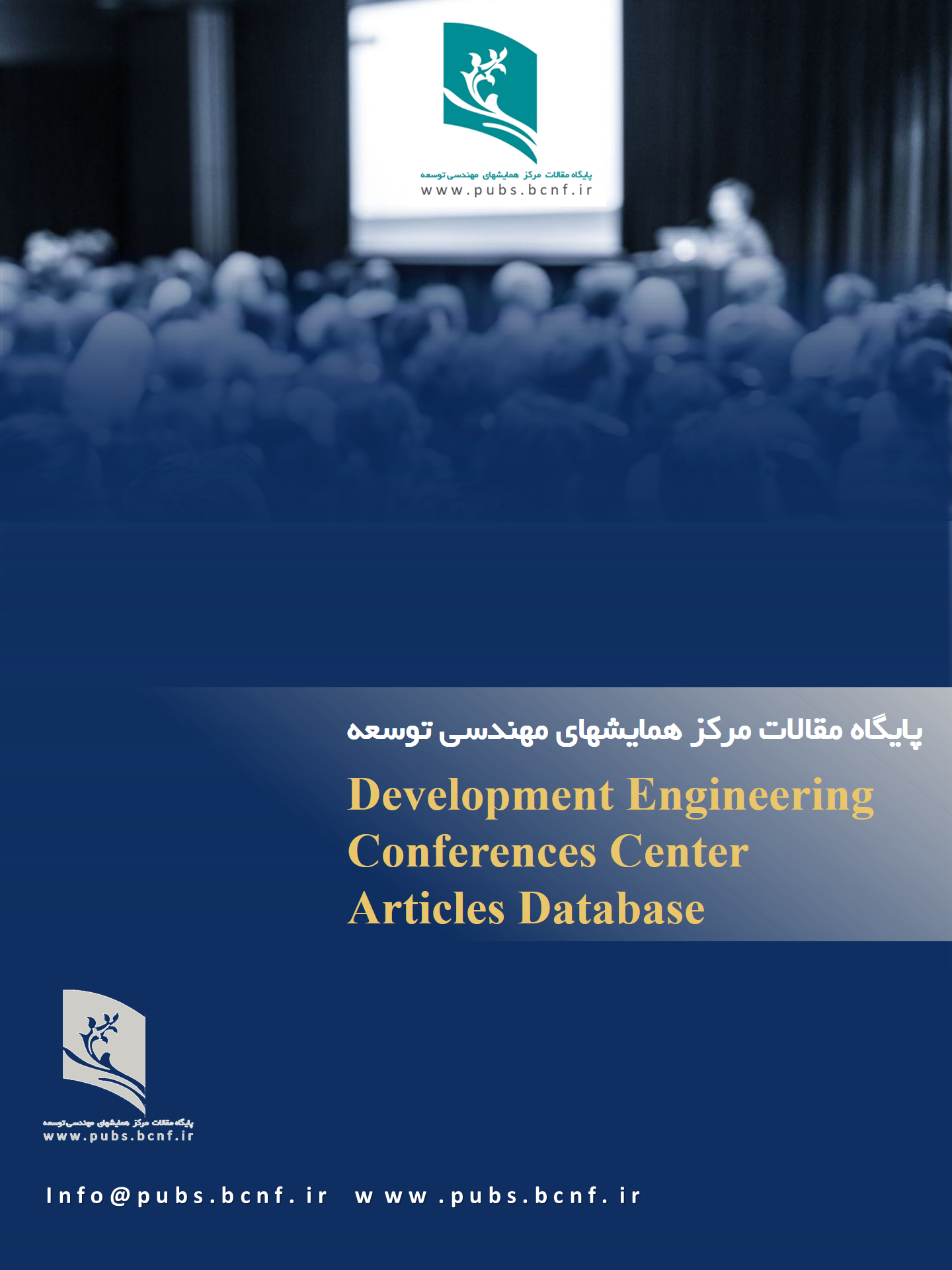Electrochemical Methods for Monitoring Corrosion in Oil Pipelines: A Comprehensive Review
Keywords:
Electrochemical Corrosion Monitoring, Pipeline Integrity, Potentiodynamic Polarization, Electrochemical Impedance Spectroscopy, Corrosion Management in Oil IndustryAbstract
Corrosion in oil pipelines is a critical challenge that threatens the safety, sustainability, and economic viability of the global petroleum industry. With pipelines exposed to harsh environmental conditions, managing corrosion has become essential to prevent operational failures and costly disasters. Electrochemical methods have emerged as cutting-edge solutions, offering real-time precision in monitoring the degradation of pipeline materials. Techniques such as potentiodynamic polarization, electrochemical impedance spectroscopy (EIS), and linear polarization resistance (LPR) provide valuable insights into corrosion rates and the performance of protective systems. This review examines these methods while exploring how innovations in artificial intelligence (AI) and nanotechnology are enhancing their capabilities. AI-driven analytics enable predictive maintenance by processing vast sensor data, while nanomaterial-based sensors offer higher sensitivity, detecting corrosion earlier than ever before. By integrating these advances, the oil industry is shifting from reactive to proactive corrosion management, ultimately extending the lifespan of pipeline infrastructure and reducing risks. This paper synthesizes the latest research to provide a roadmap for the adoption of advanced electrochemical monitoring systems, essential for the long-term safety and reliability of oil pipelines.
Downloads
References
[1] L. Ren, T. Jiang, Z. guang Jia, D. sheng Li, C. lin Yuan, H. nan Li, Pipeline corrosion and leakage monitoring based on the distributed optical fiber sensing technology, Measurement 122 (2018) 57–65. https://doi.org/10.1016/J.MEASUREMENT.2018.03.018.
[2] S. Yahi, A. Bensmaili, A. Haddad, M. Benmohamed, Experimental approach to monitoring the degradation status of pipelines transporting hydrocarbons, Eur. J. Eng. Sci. Technol 4 (2021) 34–44.
[3] H.A.M. Sultan, S.E.A. Ashry, R.M.M. Mohamed, Monitoring Corrosion Defects in Oil Pipelines., MEJ-Mansoura Engineering Journal 42 (2020) 1–9.
[4] Latypov Oleg, Cherepashkin Sergey, Latypova Dina, The use of the method of controlling the electrochemical parameters of aqueous solutions to combat complications in the operation of oil field pipelines, E3S Web of Conf. 225 (2021) 1008. https://doi.org/10.1051/e3sconf/202122501008.
[5] M.Y. Tan, F.B. Varela, Y. Huo, Field and laboratory assessment of electrochemical probes for visualizing localized corrosion under buried pipeline conditions, Journal of Pipeline Science and Engineering 1 (2021) 88–99. https://doi.org/10.1016/J.JPSE.2021.01.004.
[6] H. Yan, G. Chen, S. Huang, Y. Dai, K. Liao, Simulation research on near-neutral electrochemical corrosion of ferrite–pearlite pipeline steel, AIP Adv 12 (2022) 085322. https://doi.org/10.1063/5.0101101.
[7] I.B. Nwachukwu, Corrosion Measurement in Oil and Gas Pipeline: A Mathematical Model Approach, in: All Days, SPE, 2018. https://doi.org/10.2118/193409-MS.
[8] N.N. Skuridin, A.S. Tyusenkov, D.E. Bugai, Cathodic protection of main oil pipeline, J Phys Conf Ser 2373 (2022) 082015. https://doi.org/10.1088/1742-6596/2373/8/082015.
[9] R.F. Wright, P. Lu, J. Devkota, F. Lu, M. Ziomek-Moroz, P.R. Ohodnicki, Corrosion Sensors for Structural Health Monitoring of Oil and Natural Gas Infrastructure: A Review, Sensors 19 (2019) 3964. https://doi.org/10.3390/s19183964.
[10] Z. Wang, Z. Zhou, W. Xu, L. Yang, B. Zhang, Y. Li, Study on inner corrosion behavior of high strength product oil pipelines, Eng Fail Anal 115 (2020) 104659. https://doi.org/10.1016/j.engfailanal.2020.104659.
[11] J. Sun, Y.F. Cheng, Modelling of mechano-electrochemical interaction of multiple longitudinally aligned corrosion defects on oil/gas pipelines, Eng Struct 190 (2019) 9–19. https://doi.org/10.1016/j.engstruct.2019.04.010.
[12] Y.A. Kraus, L.G. Varepo, F.S. Kitaev, On the role of potential sensor in corrosion monitoring system of underground pipelines, in: AIP Conf Proc, 2019.
[13] A. Alkhimenko, Corrosion testing of experimental steels for oilfield pipelines, E3S Web of Conferences 121 (2019) 01001. https://doi.org/10.1051/e3sconf/201912101001.
[14] D. Yang, X. Zhang, T. Wang, G. Lu, Y. Peng, Study on pipeline corrosion monitoring based on piezoelectric active time reversal method, Smart Mater Struct 32 (2023) 054003. https://doi.org/10.1088/1361-665X/accc1a.
[15] R.C. Saxena, J. Biswal, H.J. Pant, J.S. Samantray, S.C. Sharma, A.K. Gupta, S.S. Ray, Application of thin layer activation technique for monitoring corrosion of carbon steel in hydrocarbon processing environment, Applied Radiation and Isotopes 135 (2018) 201–206. https://doi.org/10.1016/J.APRADISO.2018.01.044.
[16] Dr.K.F. Alsultani, Dr.A.A. Jasem, D.A. Ali, Investigation of Corrosion Behavior of Low Carbon Steel Oil Pipelines, Journal of Petroleum Research and Studies 7 (2021) 73–90. https://doi.org/10.52716/jprs.v7i1.164.
[17] S. Bahrebar, S. Homayoun, R. Ambat, Using machine learning algorithms to predict failure on the PCB surface under corrosive conditions, Corros Sci 206 (2022) 110500. https://doi.org/10.1016/j.corsci.2022.110500.



